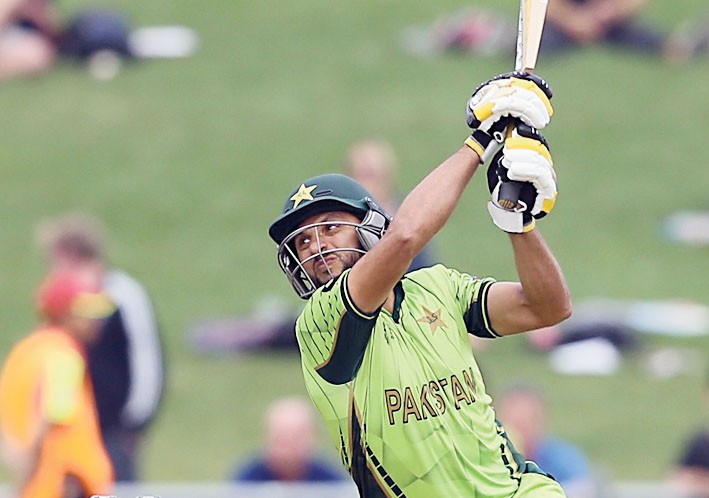
It’s not about skills anymore as athletes including cricketers look for strength, speed and stamina in their bid to produce results

Cricket is evolving as fast as the 100.23 mph bullet that Shoaib Akhtar delivered against England on February 22, 2003. Speed. Money. Power. Two centuries old, cricket is no longer the game it was at the beginning.
The graceful gentlemen’s game has taken the shape of an aggressive extravaganza. This "gentlemen’s game" is now played by a new generation of cricketers who can wield the heaviest willows and slash the ball way, way over the fence. Cricket is in the process of becoming, if it has already not become, a power sport.
The proof is in the pudding. The World Cup 2015 was jammed with mega hitting, with teams comfortably cruising past 300, a total once considered nearly impossible to chase down. Martin Guptill’s 237 runs against West Indies would be seen as a respectable total by a team a decade ago.
The fans seem to warmly embrace this shifting trend as crowds flock to the nearest stadium in hope of witnessing fast-paced cricket action.
For most cricket fans, Shahid Afridi’s standard innings of a six on his first ball and then getting out on the very next ball is enough to make them eagerly await his arrival at the crease.
IPL fans cherish Chris Gayle’s onslaught as he pulverizes the opposition.
Many batsmen have developed ‘ugly’ cricketing shots such as the Dil-scoop, the reverse sweep, or Dhoni’s famous helicopter shot. These have pushed elegant cricket shots in a corner, groggy and unable to recover.
Kumar Sangakarra’s departure from international cricket is a heavy blow for the cricketing generation whose mouth waters when they see an elegant drive being played.
Mahela Jayawardene and Michael Clarke were perhaps from an endangered species of cricketers as such sheer skill is not in production anymore. Maybe my generation is the last one to witness such class and elegance in a game of cricket.
The T20 format is the main culprit for causing this decline in cricketing talent, as a sweet connection to the ball is all you need to excel in it. Slogging in cricket is equivalent to a painkiller in medicine. It provides a temporary solution, but can never cure the problem.
The ICC is quick to recognize this transformation as it has inculcated many rules in the game to support brutal hitting and to accelerate the game. The recently-introduced rule to award a free hit for every no ball simply goes to show that the fans want to see blind slogging.
Various T20 leagues have sprung up all over the world with the IPL being the front-runner in changing the course of cricket. The PCB’s new brainchild, the Pakistan Super League, will also become a platform for young talented cricketers to achieve fame. Cricket is not the only sport that has fallen victim to this trend.
Hockey, Pakistan’s national sport on paper, too has become dominated by violent slashes of the ball and carefully pre planned strategies to avoid opposition defenders.
Gone are the days when one man would simply outclass the opposition team with his intricate dribbling and swift turns.
Football has managed to cling onto its appreciation for skill with the likes of players such as Lionel Messi and Christiano Ronaldo, who can dodge defenders with their elegant skills and precisely-executed moves.
However, power has also seeped into football, as skill alone is not a determining factor for a successful player anymore. Cricket is going through adolescence. Test cricket, which is thought to be the most revered format, is very quickly losing viewership.
People are not only losing interest in this version of the game but many people have also demanded changes to it. Though this is the case, one cannot deny the presence of a small but active cricketing community which still thirsts to watch the "gentlemen’s game".
Is this a phase that cricket will soon come out of, or is power hitting indeed the future of the game?